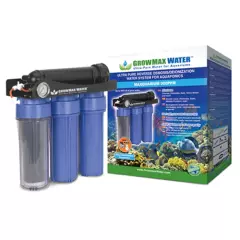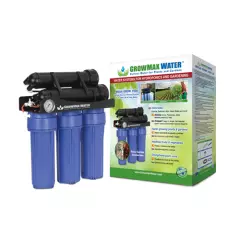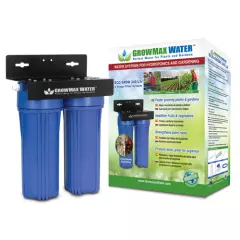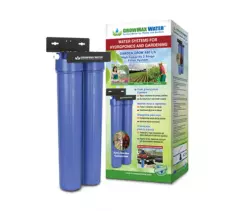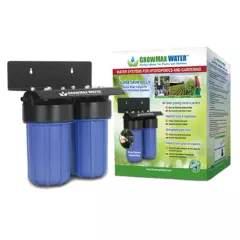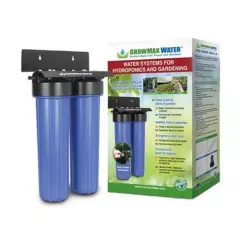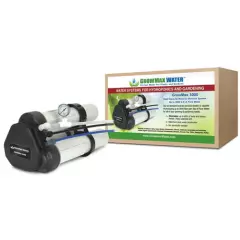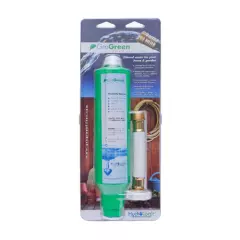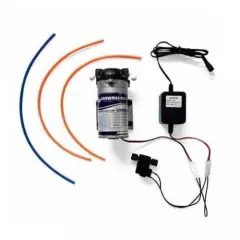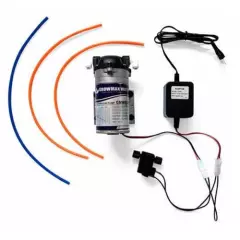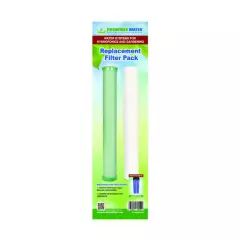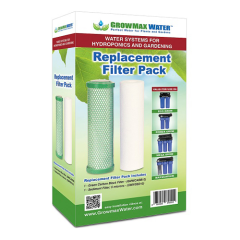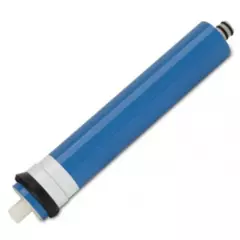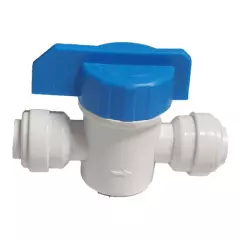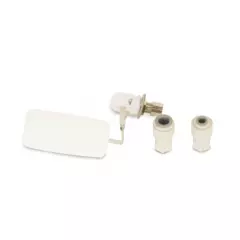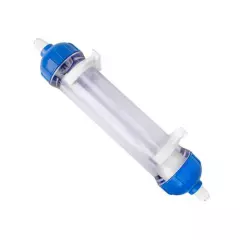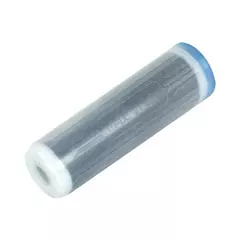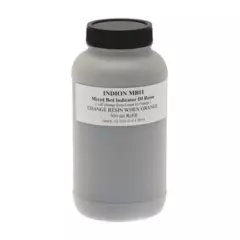- Call an expert today! 0208 808 4321
 Store Locator
Store Locator
Reverse Osmosis
Reverse osmosis is a water purification process that removes contaminants by forcing water through a semipermeable membrane. This method is widely used in both residential and commercial settings to ensure high-quality water.
How Do Reverse Osmosis Systems Work
- Pre-Filtration: Incoming water passes through pre-filters to remove larger particles like sediment and chlorine, protecting the reverse osmosis membrane.
- Membrane Filtration: Water is forced through the semipermeable membrane, which blocks contaminants such as heavy metals, salts, and microorganisms, allowing only pure water molecules to pass.
- Post-Filtration: After membrane filtration, the water may go through additional filters, such as activated carbon filters, to remove any remaining tastes or odours.
- Storage: The purified water is stored in a tank, ready for use.
What Does Reverse Osmosis Remove
Reverse osmosis filtration systems effectively remove a wide range of contaminants, including:
- Heavy metals (e.g., lead, mercury)
- Dissolved salts
- Chlorine and chloramine
- Pesticides and herbicides
- Bacteria and viruses
- Pharmaceuticals
This comprehensive removal ensures that the water is safe and clean for various applications.
How to Install a Reverse Osmosis System
- Choose a Location: Select a suitable area under the sink or near the point of use with enough space for the system and storage tank.
- Assemble the System: Follow the manufacturer's instructions to assemble the reverse osmosis water filter components.
- Install the Faucet: Mount the dedicated faucet on the sink or countertop for dispensing purified water.
- Connect to Water Supply: Attach the system to the cold water line using the provided fittings.
- Install Drain Line: Connect the drain line to the sink's drain pipe to dispose of wastewater generated during the filtration process.
- Test the System: After installation, check for leaks and ensure the system is functioning correctly.
How Long Can Reverse Osmosis Water Be Stored
Properly stored reverse osmosis water can remain fresh for extended periods. To maintain water quality:
- Use Clean, Food-Grade Containers: Store water in containers made of materials safe for food and water storage.
- Keep Containers Sealed: Ensure lids are tightly closed to prevent contamination.
- Store in a Cool, Dark Place: Avoid exposure to sunlight and heat, which can promote bacterial growth.
By following these guidelines, stored reverse osmosis water can stay fresh for up to two weeks.
Regular maintenance of your reverse osmosis system, including timely filter and membrane replacements, is essential to ensure optimal performance and water quality.
Copyright © 2024 Hyjo Store. All Rights Reserved.









